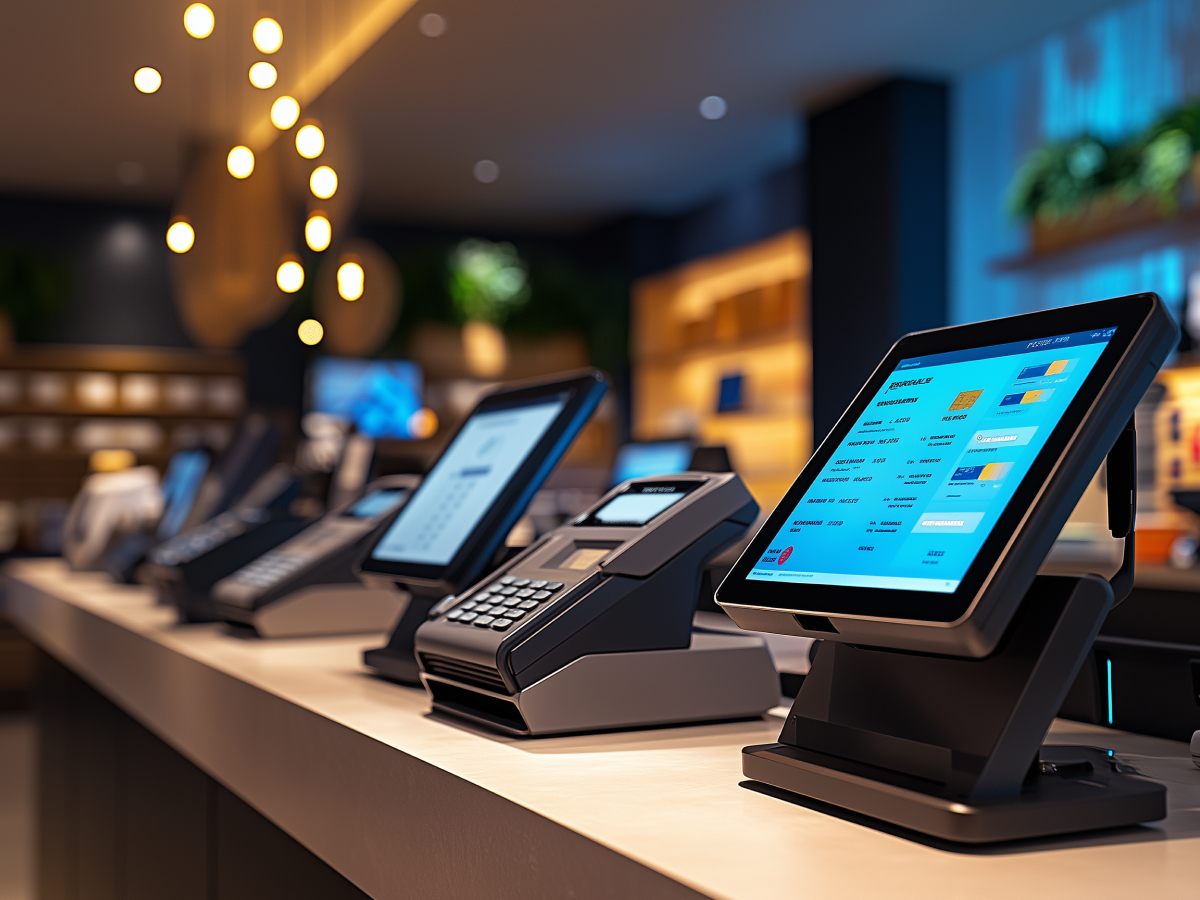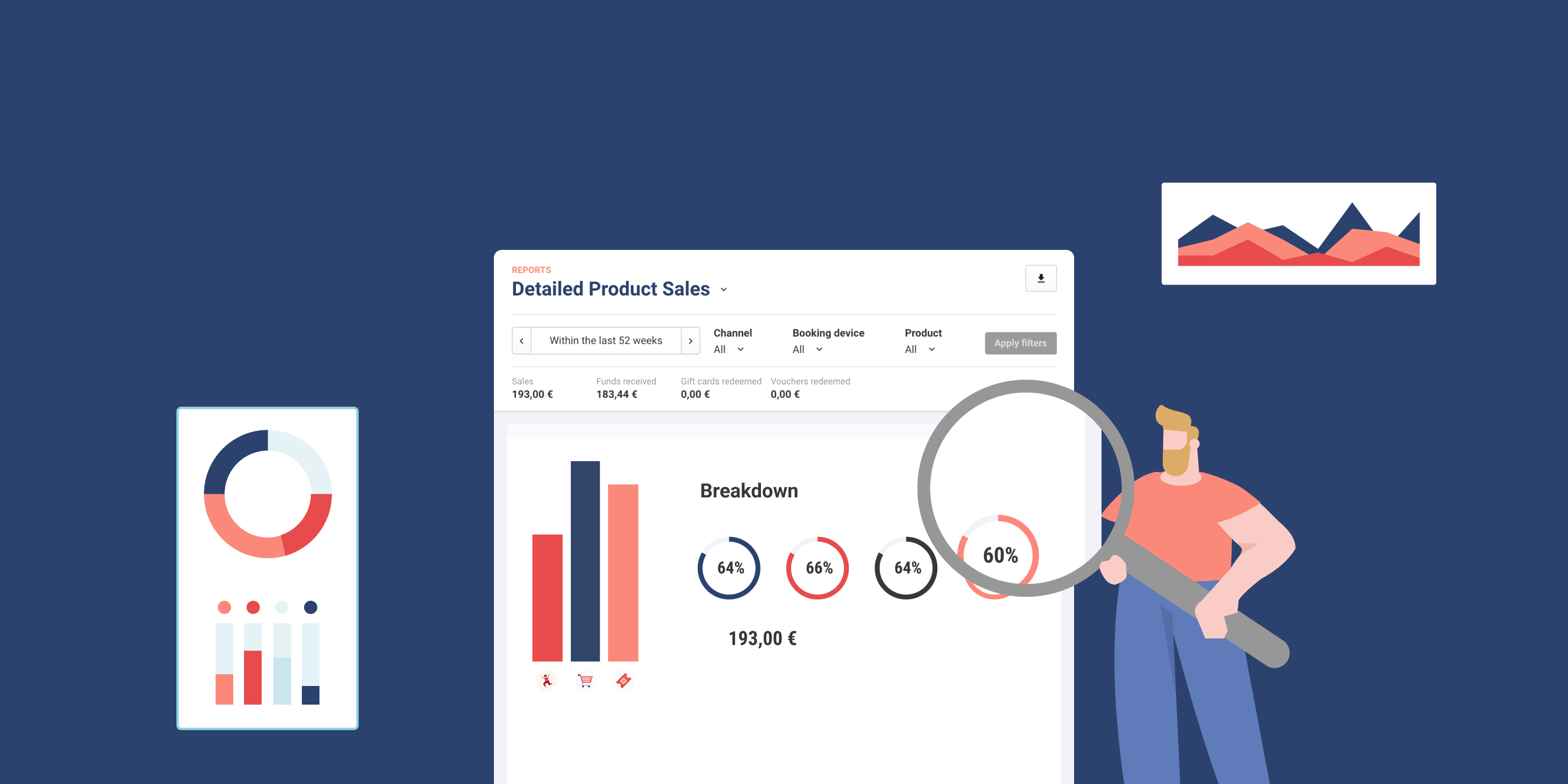How POS Helps You Understand Your Best-Selling Products

Knowing which products perform best in your business is essential for growth. Whether you run a café, retail store, restaurant, or supermarket, understanding your top-selling items helps you make smart decisions about stock, pricing, marketing, and customer preferences. But tracking this manually can be overwhelming, inaccurate, and time-consuming. This is where a modern POS (Point of Sale) system becomes an invaluable tool. With built-in analytics, real-time reporting, and smart inventory insights, a POS system gives you a clear view of what your customers love the most.
One of the biggest advantages of using a POS system is automated sales tracking. Every time a product is scanned or added to a bill, the POS records the sale and updates your dashboard instantly. Instead of digging through receipts or spreadsheets, you can simply check your POS report to see which items are selling at the highest volume. This helps you identify your best-sellers quickly and effortlessly. For businesses with large inventories—like retail clothing stores or supermarkets—this insight is especially valuable because it saves hours of manual work.
Beyond showing which products sell most, a POS system also breaks down performance by time, day, or season. For example, you may see that a particular drink sells best on weekends, or a specific clothing item peaks during certain months. This time-based data helps you understand customer buying patterns, allowing you to prepare better for high-demand periods. Restaurants and cafés can use this insight to know which dishes or drinks are customer favorites, while retailers can plan seasonal stock more effectively.
Another important benefit is inventory management support. A POS doesn’t just show sales—it connects those sales to your inventory levels. When your best-selling products start running low, the POS alerts you automatically. This helps prevent stock-outs, which can lead to missed sales and disappointed customers. You can even set reorder points so that your team knows exactly when to refill popular items. Over time, this reduces waste, improves stock accuracy, and ensures you always have customer favorites available.
A modern POS system also helps you understand profitability, not just popularity. Sometimes an item sells well but offers low profit margin, while another product might not be a top seller but generates high profit. POS reports show both sales volume and profits, giving you a complete picture. This allows you to make more strategic decisions—like promoting high-profit items, adjusting prices, or even bundling certain products together to increase overall revenue.
Customer behavior insights are another powerful POS feature. Many systems allow you to track what specific customer groups prefer. For example, loyalty program data may show that regular customers prefer a particular product, or first-time buyers tend to choose certain entry-level items. This helps you create targeted marketing campaigns, personalized promotions, and better product placement. When you understand which products different customer segments love, you can serve them better and increase retention.
Additionally, POS analytics help highlight slow-moving or underperforming products. Knowing your best-sellers is important, but understanding which items don’t perform well is equally valuable. This helps you adjust pricing, create promotions to clear old stock, or even remove items that no longer contribute to business growth. Over time, this leads to a leaner, more profitable inventory strategy.
Businesses with multiple locations benefit even more. A POS system can show which products are best-sellers in each branch. One store might sell more snacks, while another sees higher demand for beverages or accessories. This location-specific insight helps you tailor stock, reduce waste, and meet local customer preferences more accurately.
In summary, a modern POS system does much more than process payments—it gives you a complete understanding of your best-selling products. Through real-time sales tracking, time-based insights, inventory integration, profitability reports, and customer behavior analysis, a POS helps you make data-driven decisions that improve revenue and customer satisfaction. For any business aiming to stay competitive and efficient, a POS system is the key to unlocking product performance and maximizing profit.






